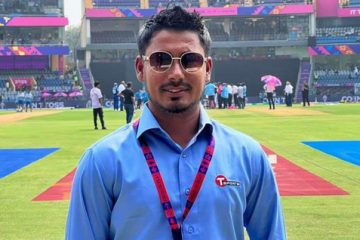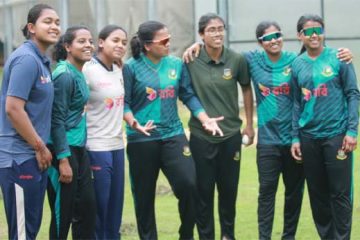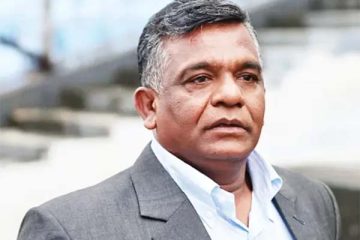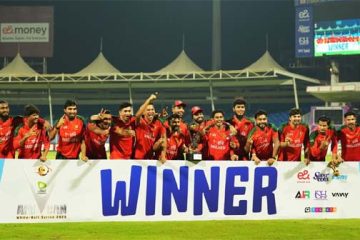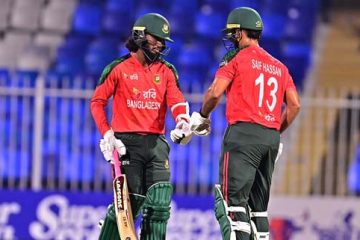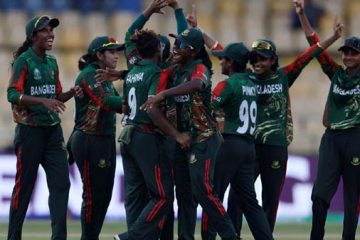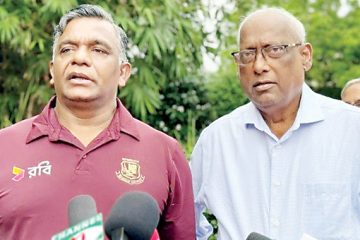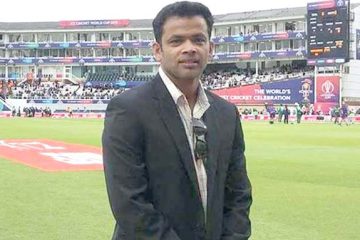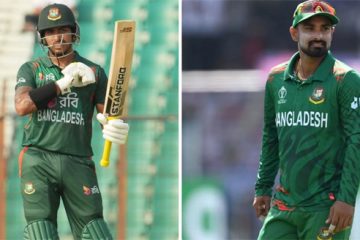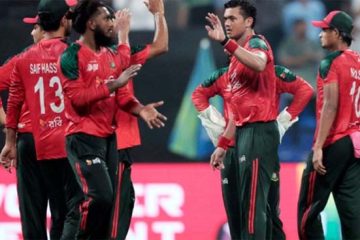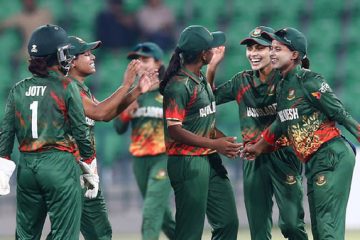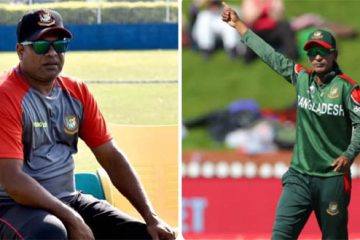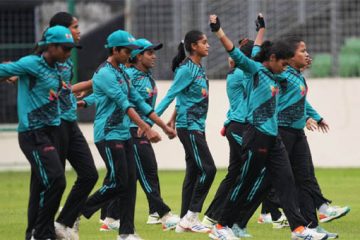Cup facts
Eight teams participated in the 1983 World Cup, the third consecutive cricket World Cup to be hosted in England, and the third overall.
The participating teams were India, West Indies, England, Pakistan, New Zealand, Australia, Sri Lanka and Zimbabwe.
Sri Lanka were awarded Test status in 1981, and Zimbabwe were the sole associate nation in the tournament, having qualified through a separate tournament between the Associate members called the ICC Trophy.
The format had been changed from the tournament’s first two editions. As before, there were two groups of four teams each, with the top two qualifying for the semifinals. The difference in 1983 was that each team would play its group members twice, in an attempt to reduce the impact of weather interruptions. Consequently, there were 27 matches in the 1983 World Cup, as opposed to 15 each in the earlier editions.
England, Pakistan, New Zealand and Sri Lanka made up Group A, while West Indies, India, Australia and Zimbabwe were in Group B.
Zimbabwe bagged a victory in their first international match, on the opening day of the World Cup, beating Australia at Trent Bridge on June 9.
The unbeaten partnership of 126 between Kapil Dev and Syed Kirmani against Zimbabwe at Tunbridge Wells on June 18 is the highest for the ninth wicket in World Cups, and the second highest overall for the ninth wicket.
New Zealand’s Martin Snedden holds the record for conceding the highest number of runs in a World Cup game, in the first match of the 1983 World Cup, against England at The Oval on June. He was taken for 105 runs off his twelve overs.
Pakistan’s total of 338 for five against Sri Lanka at Swansea on June 9 was the highest total for the 1983 World Cup, and the then highest World Cup score.
David Gower was the highest run-scorer of the tournament, heading the batting charts with 384 runs (one 100, one 50). Master blaster Viv Richards was seventeen behind with 367 (one 100, two 50s).
Kapil Dev’s once-in-a-lifetime innings of 175 not out against Zimbabwe at Tunbridge Wells was the highest score of the tournament, and the highest in limited-overs cricket until Richards broke the record in the next edition.
India’s Roger Binny was the highest wicket-taker of the tournament with 18 wickets, including one 4-wicket hall.
West Indian fast bowler Winston Davis’s figures of seven for 41 against India in the group game at Leeds on June 11 was the best bowling analysis in the tournament, and a world record at the time.
Windies gloveman Jeff Dujon was the most successful keeper of the tournament with 16 dismissals (15 catches, 1 stumping).
Prize money for champions India was £20,000, while runners-up West Indies pocketed £8,000. The losing semifinalists, England and Pakistan, each won £4,000.
There were also awards of £1,000 to the group winners, plus man-of-the-match awards (£200 for the group matches, £400 for the semi-finals and £600 for the final).
The aggregate attendance for the 1983 World Cup was 232,081, compared with 160,000 in 1975 and 132,000 in 1979.

